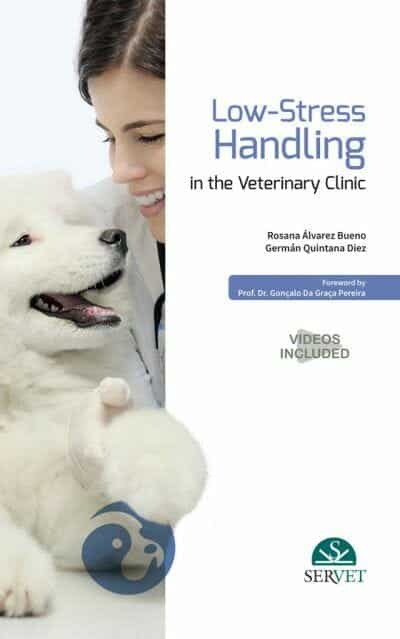1 VETERINARY BEHAVIOURAL MEDICINE
The advent of animal behaviour studies
Behavioural medicine
The role of the veterinary professional
How to identify a behavioural problem
What is a behavioral problem?
2 THE EMOTIONAL WORLD OF CATS AND
DOGS AND AGONISTIC BEHAVIOUR
Identifying emotions
Fear and anxiety
Factors that influence fear
Responses to fear/anxiety
Agonistic behaviours
3 COMMUNICATION
In dogs
Visual communication
Olfactory communication
Auditory communication
Tactile communication
In cats
Visual communication
Olfactory communication
Auditory communication
Tactile communication
4 NONASSOCIATIVE LEARNING
Habituation
Properties of habituation
Dishabituation
Retention
Factors affecting habituation
Sensitisation
Desensitisation
Exposure to new stimuli
5 ASSOCIATIVE LEARNING
Classical conditioning
Pavlov’s dogs
The Little Albert experiment
Properties of classical conditioning
Operant conditioning
Hungry cat
The Skinner box
Properties of operant conditioning
Operant techniques for developing behaviours
Moulding
6 BEHAVIOUR MODIFICATION TECHNIQUES
Systematic desensitisation
Classical counterconditioning
Operant counterconditioning
Extinction
Flooding
7 TRAVELLING TO THE CLINIC
Home treatment
Training to use a carrier
The car journey
Handling on the lead
Placing a muzzle
8 THE RECEPTION AND WAITING ROOM
Entrance
Reception
Counter
Telephone triage
Triage in reception
Weighing area
Shop
Waiting room
9 CONSULTATIONS
Consultation room
Equipment
Positive reinforcement materials
Pheromones
Patient-friendly handling equipment
Others
Consumables and other materials
Protocols
The patient’s arrival
Physical examination
Removing staples or stitches
Vaccinations
10 HOSPITALISATION
The hospitalisation area
Hospitalisation room equipment
Intensive care unit (ICU)
Rest
Visits from owners
11 PHEROMONE THERAPY
What are pheromones?
Pheromone release sites
Facial area
Podal area
Perianal area
Urogenital area
Mammary area
Pheromone therapy
12 PSYCHOPHARMACOLOGY
Anxiolytics
Contraindications
Indications
Antidepressants
Trazodone
Mirtazapine
Mood stabilisers
Antipsychotics
α-2 Agonists
Practical sedation protocols
Sedation protocol for fearful cats
Sedation protocol for fearful dogs
Use of atomisers
13 HANDLING TECHNIQUES
Guiding or luring
Touch or target
Sitting
Lying down
Venipuncture
Cephalic vein
Lateral saphenous vein
Medial saphenous vein
External jugular vein
Examining the head
Towel techniques
In dogs
In cats
Syringe extension
Ninja technique
APPENDIX














![Ettinger’s Textbook of Veterinary Internal Medicine 9th Edition [PDF+Videos] Ettinger’s Textbook of Veterinary Internal Medicine 9th Edition [True PDF+Videos]](https://www.vet-ebooks.com/wp-content/uploads/2024/10/ettingers-textbook-of-veterinary-internal-medicine-9th-edition-100x70.jpg)

![Textbook of Veterinary Diagnostic Radiology 8th Edition [PDF+Videos+Quizzes] Thrall’s Textbook of Veterinary Diagnostic Radiology, 8th edition PDF](https://www.vet-ebooks.com/wp-content/uploads/2019/09/textbook-of-veterinary-diagnostic-radiology-8th-edition-100x70.jpg)






